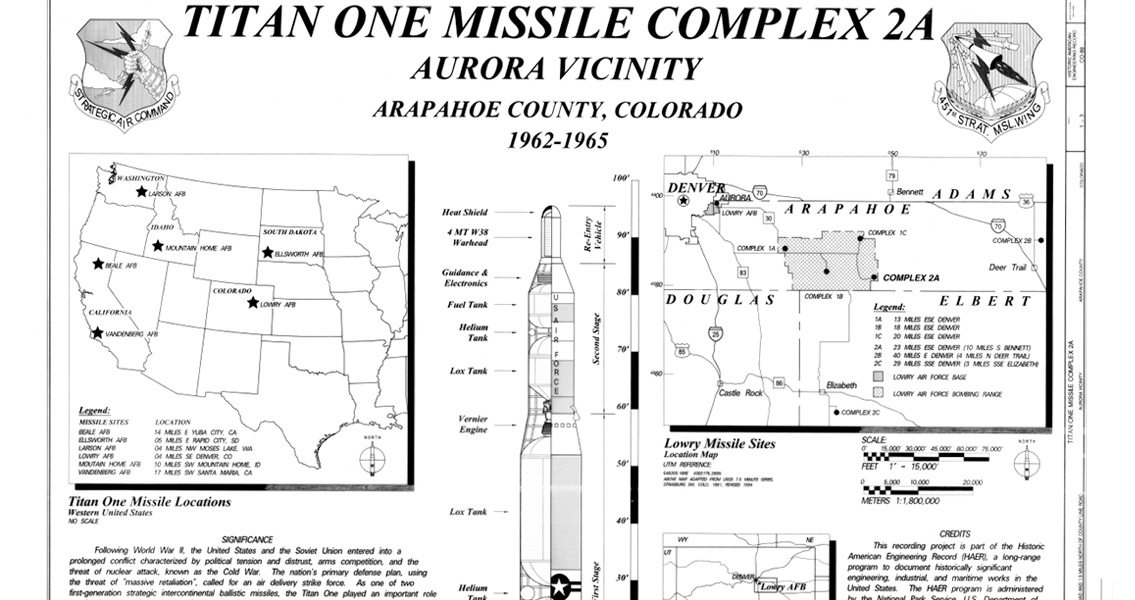<![CDATA[The quest to reclaim a piece of Cold War era history – a shuttered Minuteman missile launch center in Missouri – has proven to be one of the most difficult things ever, according to the man behind the project. California native Russ Nielsen, a 66 year old real estate developer, was first alerted to the possibility of regaining access to the missile control center by a friend. The parcel of land was for sale, sealed ICBM control center and all, and Nielsen jumped at the chance to recover a piece of history that has since been glossed over after the fall of the Berlin Wall and the dismantling of the USSR. However, the difficulties in accessing this sealed Minuteman control facility have proven daunting, and there’s a reason for that: when the US government decided to mothball these facilities, the goal was to both ensure the region above the underground missile control systems was safe for agricultural use, and to take steps to make it as functionally difficult as possible to regain access to these sealed chambers in order to comply with international nuclear non-proliferation treaties. This is what Nielsen has been encountering in his seemingly quixotic quest to uncover this lost period of modern American history. Thanks to severe restrictions placed on land development efforts on these parcels of land, the real estate mogul has had to seek easements on the regulations placed on his deed concerning excavation. He’s also had to work closely with environmental agencies in order to ensure the excavation methods he wanted to use resulted in as little ground and water contamination as possible – a necessity due to construction methods of the 1960s being less cautious of environmental hazards than today. Additionally, excavating the shaft that leads to the main blast doors barring entry to the facility itself has proven problematic. Clearing the detritus that had been purposely left behind by the US military to fill the shaft, a combination of concrete chunks and a cement-like slurry, has been a major endeavor, made even more difficult by the strict waste disposal regulations imposed on the site. It took two months longer than anticipated – and at a cost that Nielsen has been loath to reveal – to get to the bottom of the shaft and to finally open the massive blast doors that sealed the missile control center. What Nielsen and his work crews found was a partially flooded facility that had been stripped of computer equipment and furniture. However, there were telltale signs to be found that revealed its heritage: names and dates scratched into the surface of an electrical junction box, like “Ratman” and “Minuteman Mad Man”, nicknames of the missile control operators that would spend 24-hour shifts below the surface in the missile bunker. Nielsen says the road to excavating the facility was long, hard, and possibly not worth it. However, he insists that he’s glad to have done it, according to an interview in the Kansas City Star. What’s in store for the now accessible facility is yet to be determined. ]]>
Reclaiming Piece of Cold War History Proves Difficult
